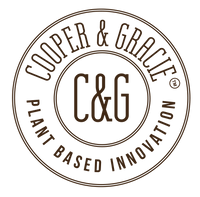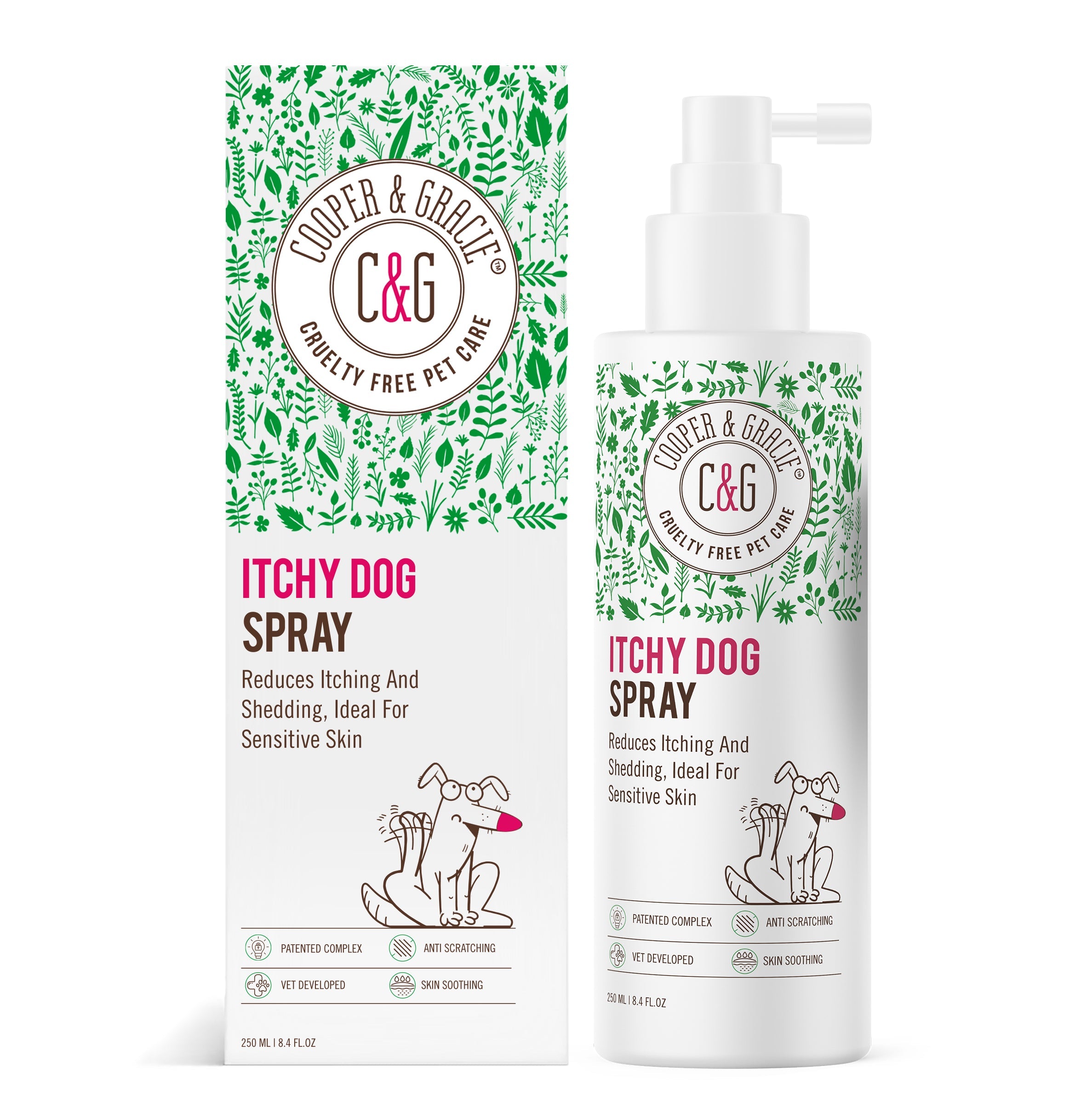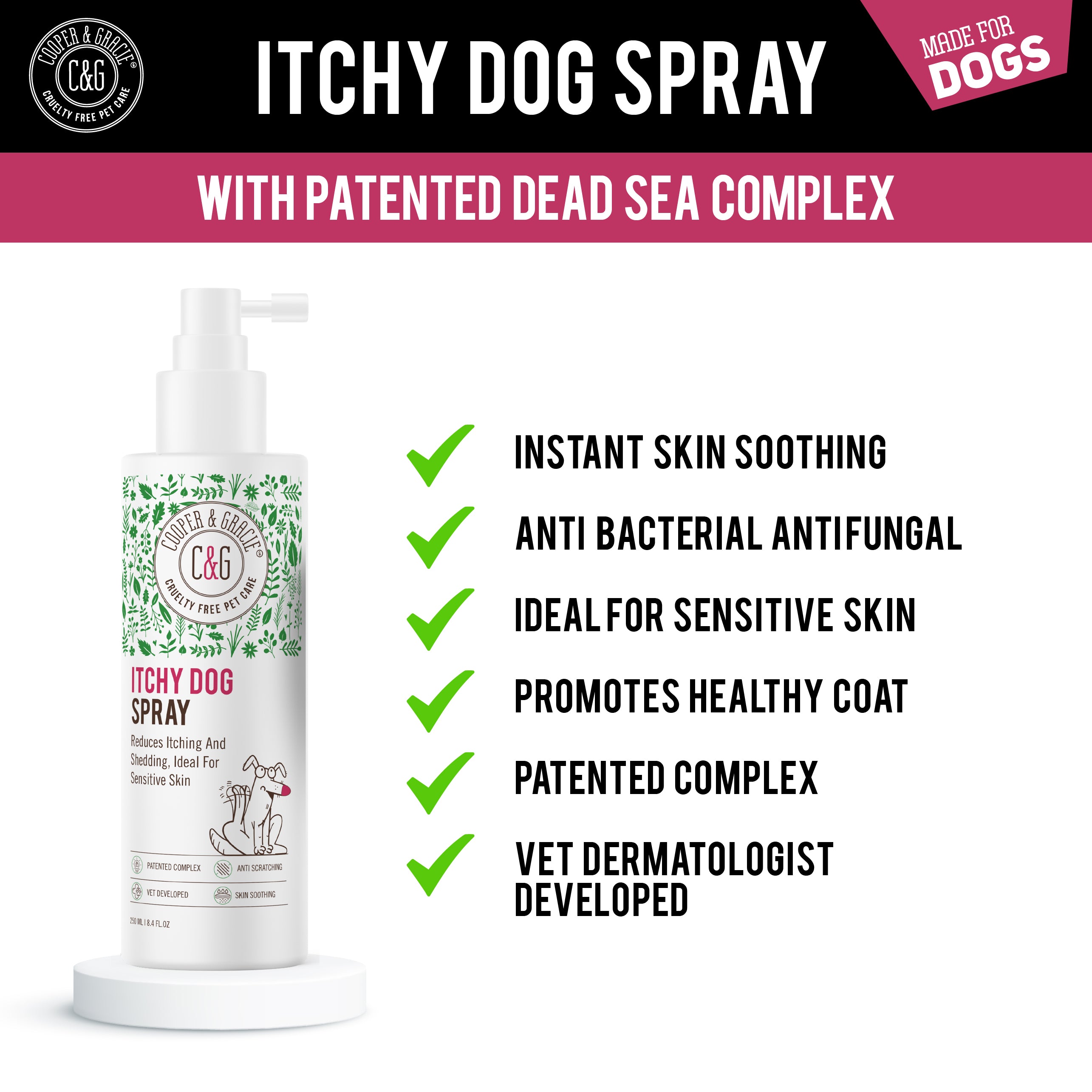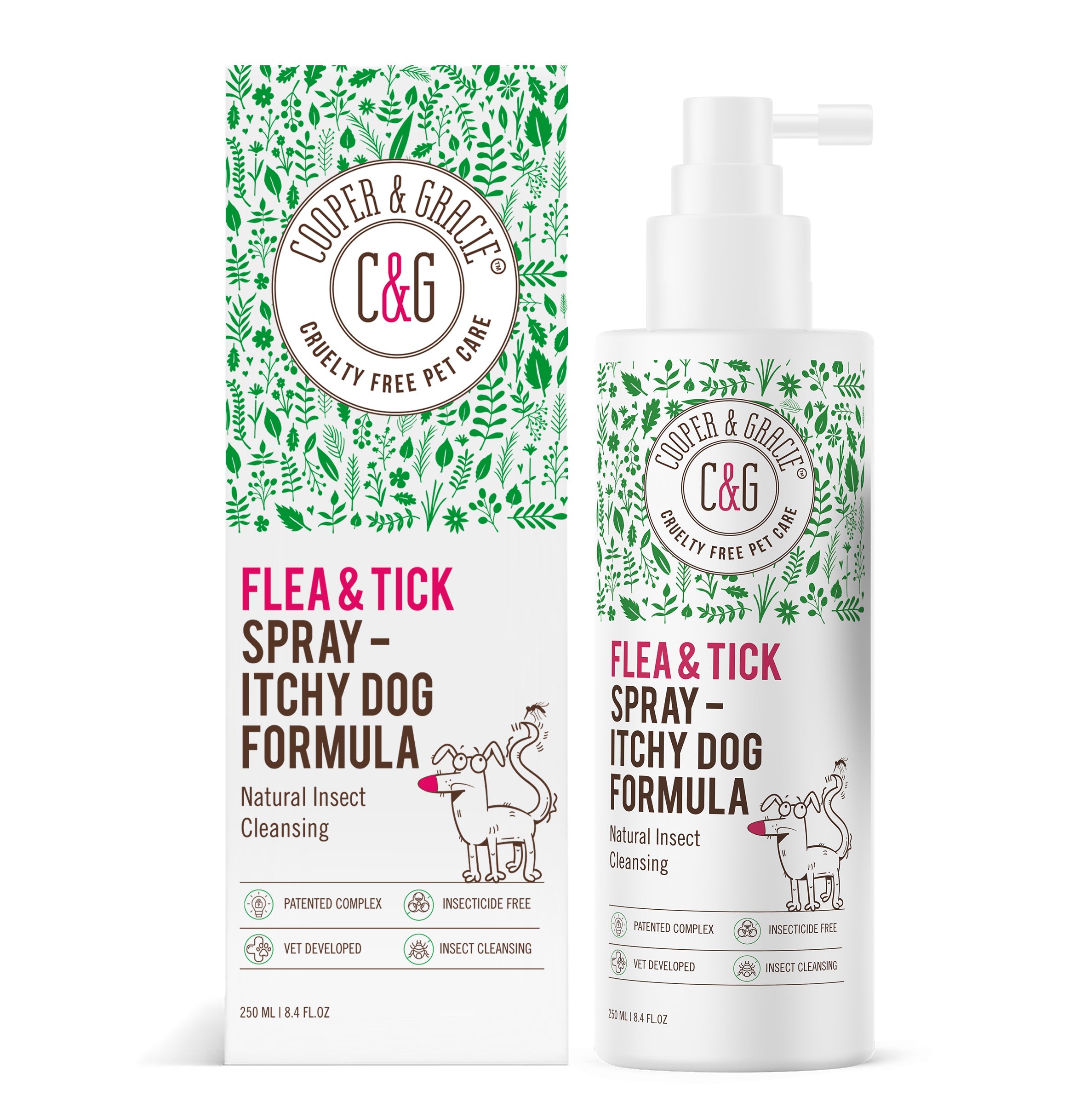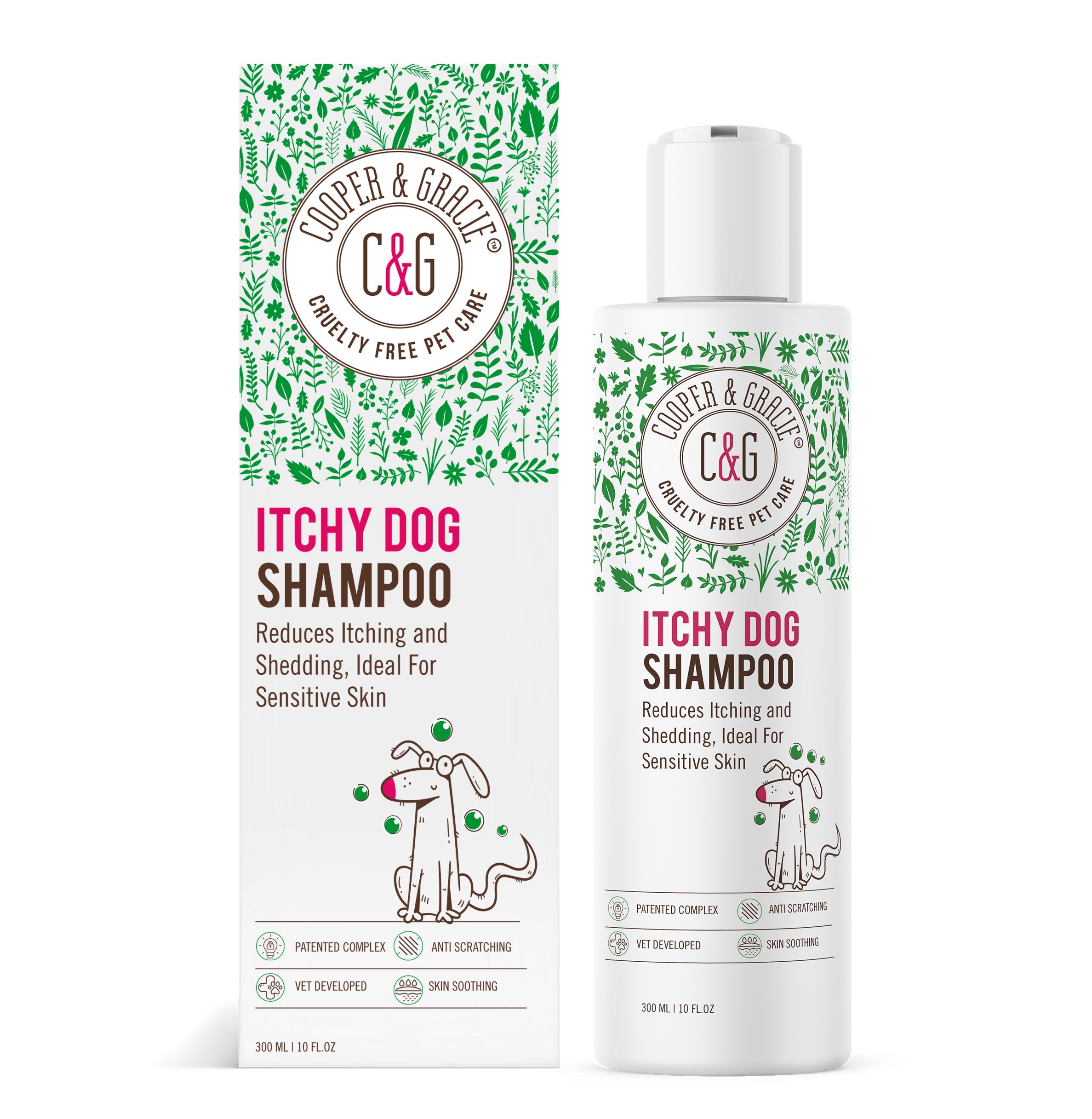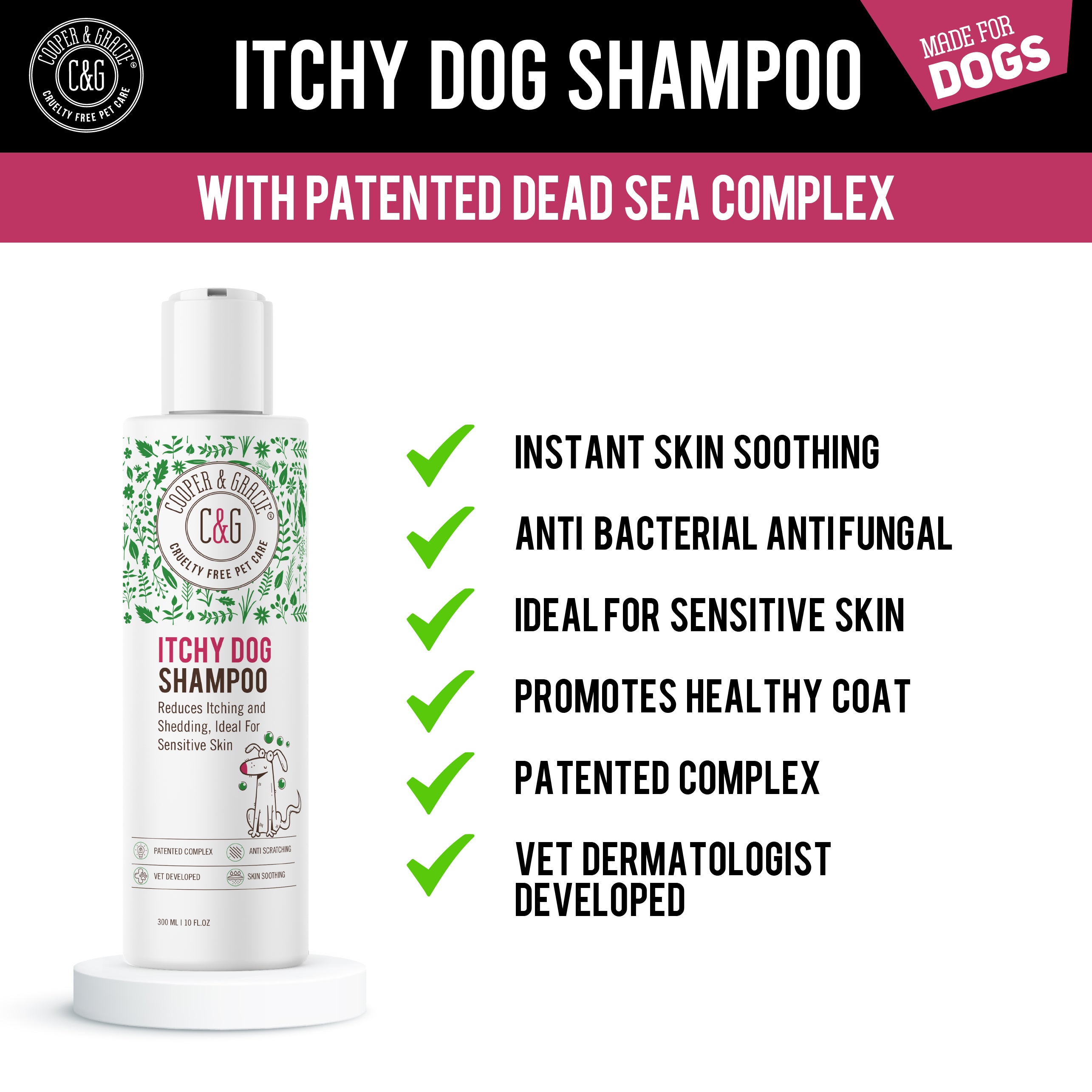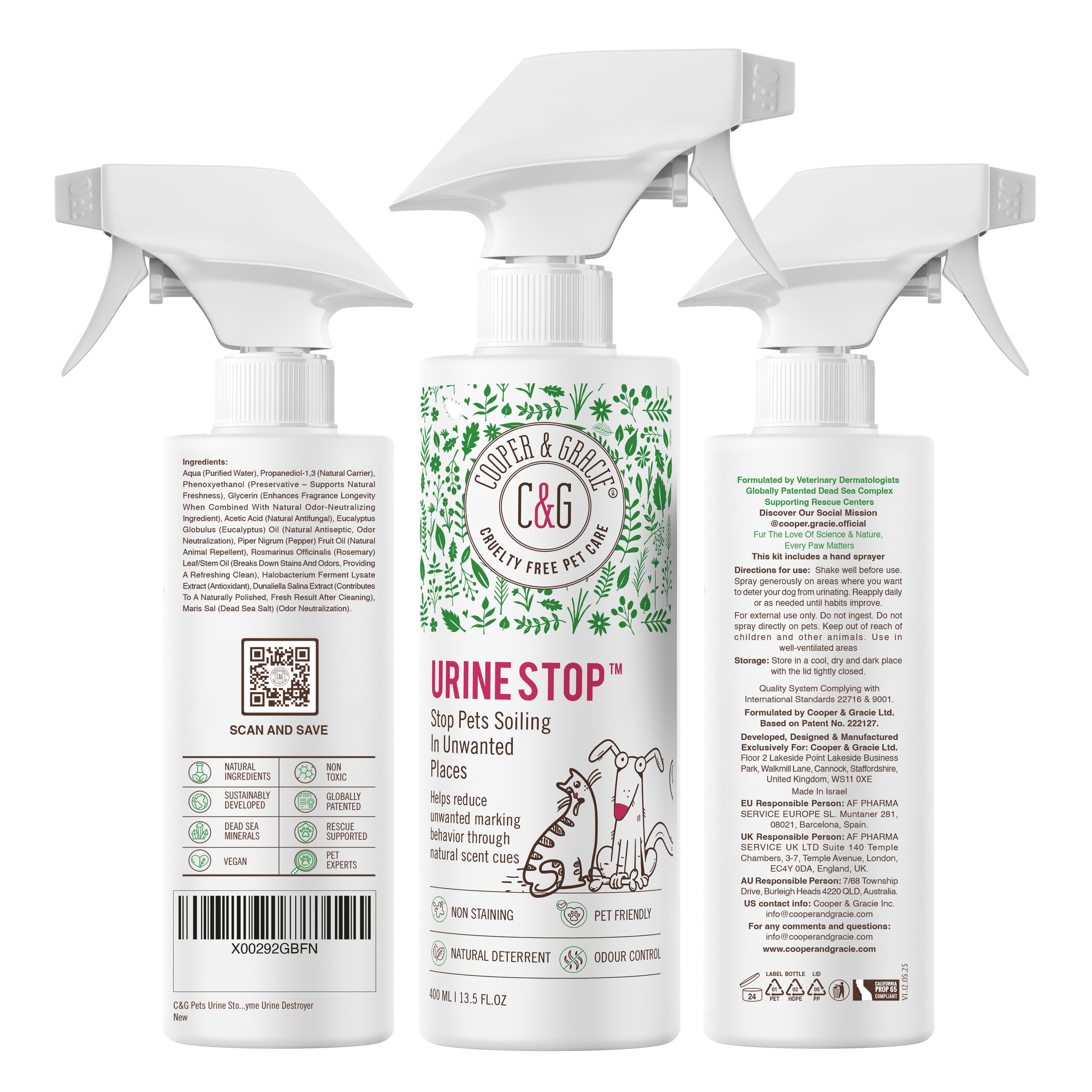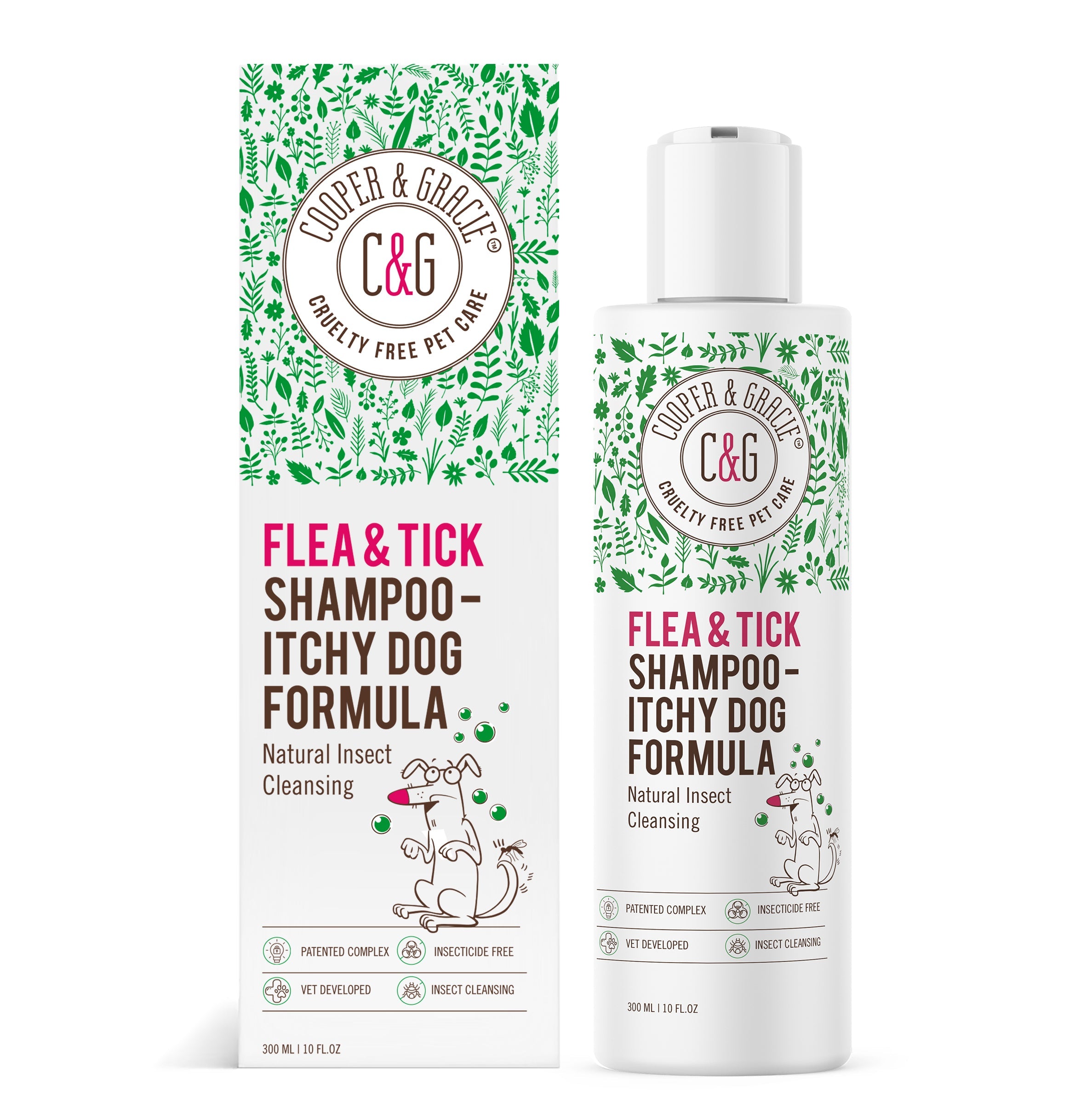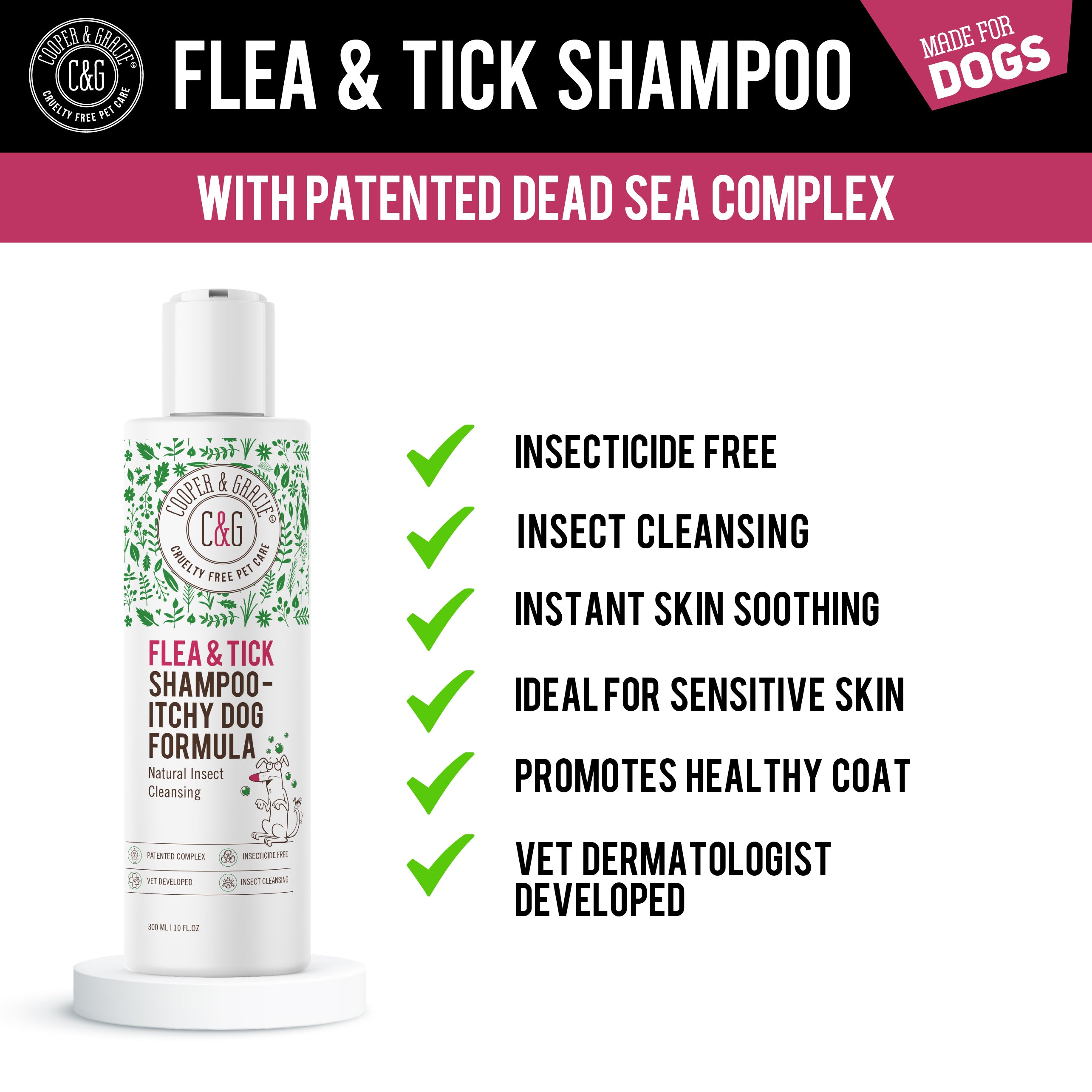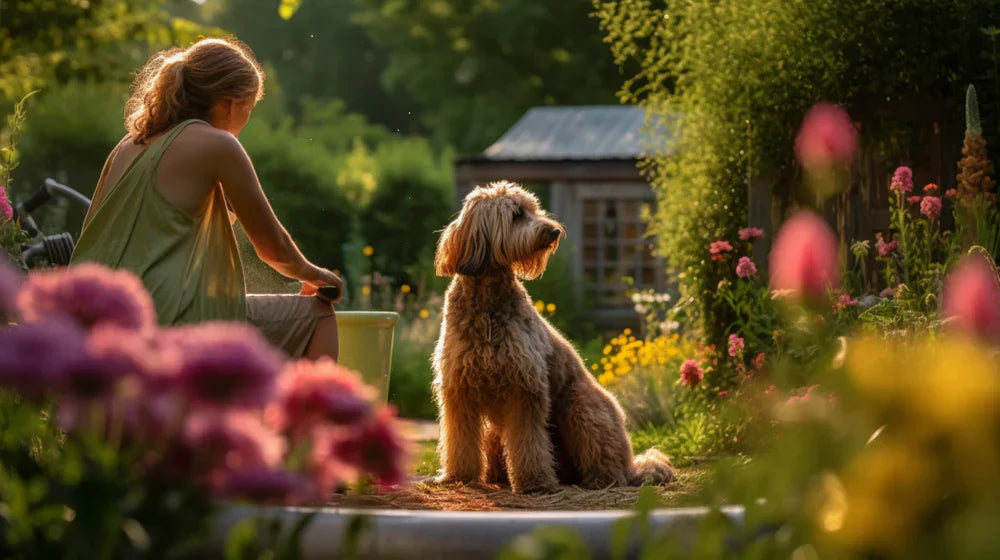Table of Contents
- Introduction
- Importance of Regular Grooming
- Essential Tools for Dog Grooming
- Brushing and Combing Techniques
- Bathing Your Dog
- Nail Trimming and Paw Care
- Ear Cleaning
- Teeth Brushing
- Dealing with Mats and Tangles
- Handling Shedding
- Grooming Different Coat Types
- Grooming Tips for Specific Breeds
- DIY Grooming vs. Professional Grooming
- Handling Anxiety and Stress During Grooming
- Conclusion
Introduction
Taking care of your beloved canine companion goes beyond providing food and shelter. Regular grooming is an essential part of keeping your dog healthy and happy. In this article, we will explore the importance of dog grooming and provide you with valuable tips and techniques to groom your furry friend like a pro.
Importance of Regular Grooming
Grooming is not just about enhancing your dog's appearance; it plays a crucial role in their overall well-being. Regular grooming helps maintain healthy skin and coat, prevents matting and tangles, reduces shedding, and allows for early detection of skin issues or parasites. Moreover, grooming sessions also serve as an opportunity to bond with your dog and strengthen your relationship. The act of grooming provides a moment of connection and trust-building between you and your furry friend. It allows you to show them love and care while ensuring their physical comfort and cleanliness. Additionally, grooming promotes circulation and stimulates the production of natural oils, which contribute to a healthier coat and skin. By regularly grooming your dog, you are not only keeping them looking their best, but you are also prioritising their overall health and happiness.
Essential Tools for Dog Grooming
When it comes to dog grooming, having the right tools can make the entire process much easier and more effective. Here are some essential tools that every dog owner should have:
Brushes and Combs
Invest in a good-quality brush and comb suitable for your dog's coat type. For example, slicker brushes work well for removing tangles and mats, while bristle brushes are great for the daily brushing of short-haired breeds. Combs with both wide and narrow teeth are useful for different areas of the coat.
Nail Clippers or Grinders
Keeping your dog's nails trimmed is important for their comfort and health. Choose nail clippers or a grinder specifically designed for dogs. Make sure to learn how to trim nails safely or seek guidance from a professional groomer or veterinarian.
Dog-specific Shampoo
Use a mild, dog-specific shampoo that is formulated to suit your dog's coat and skin. Avoid using human shampoos, as they may contain harsh ingredients that can irritate your dog's skin.
Ear Cleaner
Regular ear cleaning helps prevent infections and keeps your dog's ears healthy. Look for an ear cleaner that is gentle and specifically made for dogs. Remember to use it only on the outer part of the ear and avoid inserting anything into the ear canal.
Toothbrush, Toothpaste & Breath Freshener
Dental hygiene is crucial for your dog's overall health. Use a toothbrush and toothpaste specially designed for dogs to brush their teeth regularly. Introduce tooth brushing gradually and make it a positive experience for your dog. Additionally, an anti-plaque water additive designed for dogs is also an excellent idea to incorporate into your dog's dental hygiene routine.
Grooming Scissors
A pair of grooming scissors can be handy for trimming hair around sensitive areas such as the face, paws, and tail. Opt for rounded-tip scissors to prevent accidental injuries.
Grooming Wipes
Grooming wipes are convenient for quick touch-ups and cleaning between baths. They are particularly useful for wiping your dog's paws, face, and rear end.
Deshedding Tools & Deshedding Shampoos
If your dog sheds a lot, deshedding tools like a shedding brush or undercoat rake can help remove loose hair and minimise shedding around the house. A natural shampoo designed specifically to reduce shedding in dogs is also an excellent option to consider.
Towels and Hair Dryer
Keep a stack of towels dedicated to drying your dog after baths or grooming sessions. Additionally, a hairdryer designed for dogs can be used on a low-heat setting to speed up the drying process.
Grooming Table or Non-slip Mat
To provide stability and comfort during grooming, consider using a grooming table or a non-slip mat to prevent your dog from slipping or moving around too much.
Having these essential grooming tools will enable you to maintain your dog's coat, nails, ears, and overall cleanliness effectively. Remember to choose high-quality products that are safe and suitable for your dog's specific needs.
Brushing and Combing Techniques
Regular brushing and combing are vital for maintaining a healthy coat and preventing mats and tangles. Different coat types require specific tools and techniques. For short-haired dogs, a soft-bristle brush or a grooming glove can help remove loose hair and stimulate the skin. Long-haired dogs, on the other hand, may benefit from a slicker brush or a comb to prevent matting.
When brushing, start from the head and work your way down to the tail, gently removing any tangles or knots. Be extra careful around sensitive areas like the ears, belly, and tail. Reward your dog with treats and praise to make the grooming experience positive and enjoyable.
Bathing Your Dog
Bathing your dog is an important part of their grooming routine, but it should be done in moderation. Over-bathing can strip their skin of natural oils and cause dryness or irritation. Use a dog-specific shampoo that suits your dog's coat type and follow the instructions for dilution and application.
Before bathing, brush your dog's coat to remove any loose hair or debris. Use lukewarm water and wet your dog thoroughly. Apply the shampoo and gently massage it into their coat, avoiding the eyes and ears. Rinse thoroughly to remove all traces of shampoo, and then towel dry or use a hairdryer on a low setting. Remember to reward your dog for their cooperation during the bath.
Nail Trimming and Paw Care
Trimming your dog's nails is essential to prevent discomfort and potential injuries. Invest in a pair of dog nail clippers or a nail grinder designed for dogs. Take caution not to cut into the quick, which is a sensitive area that can cause bleeding. If you're unsure, consult a professional groomer or your veterinarian for guidance.
Regularly check your dog's paws for any cuts, thorns, or foreign objects. Gently clean their paws with a damp cloth and inspect for any signs of redness or swelling. Moisturise their paw pads with a pet-safe paw balm to keep them hydrated and protected.
Ear Cleaning
Dogs with floppy ears or excessive ear hair are prone to ear infections and wax buildup. Check your dog's ears regularly for redness, swelling, or a foul odor. Use a dog-specific ear cleaner and cotton balls to gently clean the outer part of their ears. Avoid inserting anything into the ear canal, as it can cause damage.
Teeth Brushing
Maintaining good oral hygiene is crucial for your dog's overall health. Regular brushing helps prevent dental issues such as tartar buildup, gum disease, and bad breath. Use a dog toothbrush, toothpaste and dental powder specifically formulated for dogs. Start slowly, gradually introducing your dog to the brushing process. Focus on the outer surfaces of their teeth and use gentle, circular motions. If your dog resists brushing, consult your vet for alternative dental care options.
Dealing with Mats and Tangles
Mats and tangles can be uncomfortable and lead to skin irritation. To prevent matting, brush your dog's coat regularly and pay extra attention to areas prone to tangles, such as behind the ears, under the armpits, and around the tail. If you encounter stubborn mats, use a dematting tool or seek assistance from a professional groomer.
Handling Shedding
Shedding is a natural process for dogs to get rid of old or damaged hair. While it's impossible to eliminate shedding entirely, regular grooming can help minimise the amount of loose hair in your home. Use a deshedding tool or a slicker brush to remove loose hair and undercoat. Pay extra attention to double-coated breeds during their shedding seasons such as the spring and fall. In addition to regular brushing, ensure your dog has a healthy diet and regular exercise, and consider using a shampoo designed to help with shedding in dogs, as these factors can also contribute to the condition of their coat.
Grooming Different Coat Types
Different dog breeds have varying coat types, each requiring specific grooming techniques. Here are some common coat types and how to groom them:
Short-haired coats
- Use a soft-bristle brush or grooming glove to remove loose hair and stimulate the skin. A quick wipe with a damp cloth can help maintain their shine.
Long-haired coats
- Brush daily with a slicker brush or comb to prevent matting. Pay attention to areas prone to tangling, such as behind the ears and under the belly.
Curly or wavy coats
- Regular brushing is essential to prevent matting. Consider professional grooming for trimming and shaping their coat.
Double coats
- These breeds have a dense undercoat and a longer topcoat. Use a deshedding tool to remove loose hair from the undercoat and prevent matting.
Research your dog's specific breed to understand their coat requirements and grooming needs better.
Grooming Tips for Specific Breeds
Certain dog breeds require specialised grooming techniques to maintain their unique characteristics. Here are a few examples:
Poodles
- Regular professional grooming is necessary to maintain their curly, non-shedding coat. This may include clipping, shaping, and regular trims.
Golden Retrievers
- These dogs have a dense double coat that requires regular brushing to manage shedding. Pay attention to their ears and feathered tail.
Bulldogs
- Due to their wrinkles, Bulldogs require extra attention to keep their skin clean and dry. Gently wipe their wrinkles with a damp cloth and ensure proper drying.
Consult breed-specific grooming guides or seek advice from professional groomers for more detailed information on grooming specific breeds.
DIY Grooming vs. Professional Grooming
Deciding whether to groom your dog at home or seek professional help depends on various factors. DIY grooming can be a bonding experience and cost-effective, but it requires time, patience, and knowledge of grooming techniques. Professional groomers have the expertise to handle specific breed grooming, complicated hairstyles, and provide additional services like nail trims and teeth cleaning.
Evaluate your dog's grooming needs, your comfort level with grooming tasks, and consider consulting a professional groomer if needed.
Handling Anxiety and Stress During Grooming
Some dogs may experience anxiety or stress during grooming sessions. To help them feel more comfortable:
Create a calm environment
- Choose a quiet, well-lit space for grooming and eliminate distractions.
Introduce grooming gradually
- Start with short grooming sessions and gradually increase the duration as your dog becomes more comfortable.
Use positive reinforcement
- Reward your dog with treats, praise, and breaks during the grooming process to reinforce positive associations.
Stay calm and patient
- Dogs can sense your emotions, so maintaining a calm and patient demeanour will help them relax.
If your dog shows excessive fear or stress during grooming, consult a professional trainer or behaviourist for assistance.
Conclusion
Regular grooming is a vital aspect of caring for your canine companion. It not only keeps them looking fabulous but also contributes to their overall health and well-being. By following the tips and techniques mentioned in this article, you can become a proficient dog groomer and provide your furry friend with the love and care they deserve.
Frequently Asked Questions (FAQs)
- How often should I groom my dog? Grooming frequency depends on your dog's breed, coat type, and individual needs. In general, grooming your dog once every 4-8 weeks is recommended. However, regular brushing and basic maintenance should be done more frequently.
- What if my dog doesn't like being groomed? If your dog shows resistance or anxiety during grooming, it's important to approach it with patience and positive reinforcement. Gradually introduce grooming activities, use treats and praise to reward good behaviour, and consider seeking professional help if needed.
-
Can I use human shampoo on my dog? No, it is not recommended to use human shampoo on dogs. Human shampoos are formulated for a different pH level and can be harsh on a dog's skin, leading to dryness and irritation. Always use a dog-specific shampoo that is gentle and safe for their skin and coat.
-
How can I prevent ear infections in my dog? Regular ear cleaning is essential to prevent ear infections. Use a dog-specific ear cleaner and gently wipe the outer part of your dog's ears with a cotton ball. Avoid inserting anything into the ear canal. If you notice signs of an ear infection, such as redness, swelling, or discharge, consult your veterinarian.
- Is professional grooming necessary for all dog breeds? Professional grooming may not be necessary for all dog breeds. Some breeds with low-maintenance coats may require minimal professional grooming, while others with specific grooming needs, such as poodles or terriers, may benefit from professional grooming to maintain their unique coat styles. Consider your dog's breed, coat type, and your own grooming abilities when deciding whether to seek professional help.
Pamper Your Pup with High-Quality Dog Grooming Products from Cooper & Gracie
If you're looking to provide your beloved furry friend with the best care and grooming experience, look no further than Cooper & Gracie. With our wide range of high-quality grooming products, you can ensure that your dog receives top-notch care from head to tail. From gentle shampoos and conditioners to specialised products for fleas and ticks, as well as hypoallergenic options, Cooper & Gracie has everything you need to keep your dog looking and feeling fabulous. Our commitment to using natural ingredients and cruelty-free formulations means that you can pamper your pup with confidence, knowing that our products are safe and ethical. Don't settle for anything less than exceptional when it comes to your dog's grooming routine. Visit Cooper & Gracie today and give your furry friend the royal treatment they deserve. Your dog will thank you for it!
